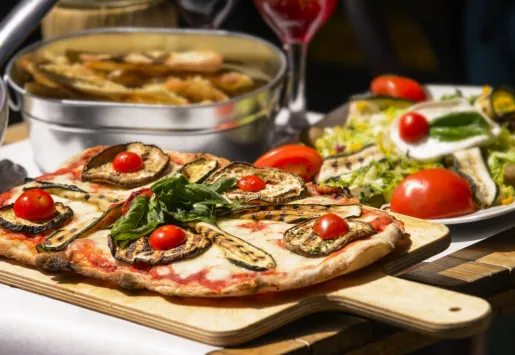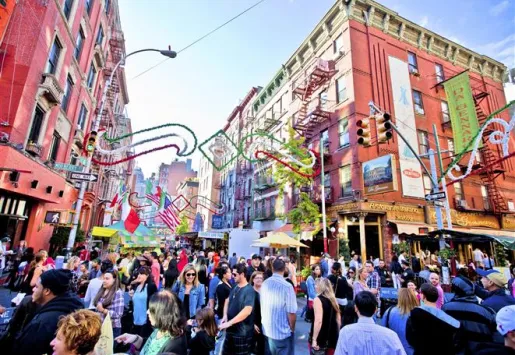
The Italian Food and Wine Tourism Report 2019 reported the numbers of last year’s gastro tourism to the Apennine Peninsula.
The data revealed in the annual report show an increase of 48% in terms of interest in gastro-tourism in Italy compared to 2017. Specifically, the figure concerns Italian domestic tourism and confirms that today almost all of the Italians travelling around the Peninsula are looking for activities that genuinely describe the gastronomic history of a destination.
What are the main trends to keep in mind?
The typical gastronomical tourists generally travel in pairs, come from all over Italy but especially from the South. As for the age, all generations are involved but mainly the Generation X (born between 1965 and 1980. However, Millennials are showing great interest as well and have registered an 86% increase on an annual basis.
Tasting typical products, visiting a market (82%), searching for historical bars and restaurants (72%), visiting farms (62%) or wineries (56%) are the most popular activities of culinary tourists. The visitors then require typical local dishes and, increasingly, themed experiences, which often remain unfulfilled.
Among the unusual activities that grow in attractiveness are visiting chocolate factories and pasta factories. 36% of those seeking food and wine tourism would like to rely on agencies that organize thematic tours.
For food and wine tourism, Italians generally prefer their own country. Abroad, however, France and Spain are the most popular destinations (Paris, Barcelona and Madrid on top). Within Italy, the most visited regions are Sicily, Tuscany and Emilia Romagna. The most adored cities are Naples, Rome and Florence. But foreigners are also greatly interested in gastro-tourism. 62% of them have taken food and wine themed packages into considerations, especially in Tuscany (72%) and Piedmont (59%).
Italy offers 825 Geographical Indication products, 5056 traditional food products, almost 335 thousand catering companies, over 23 thousand farms and 114 thematic museums linked to gastronomy, as well as 173 wine roads and flavors.














